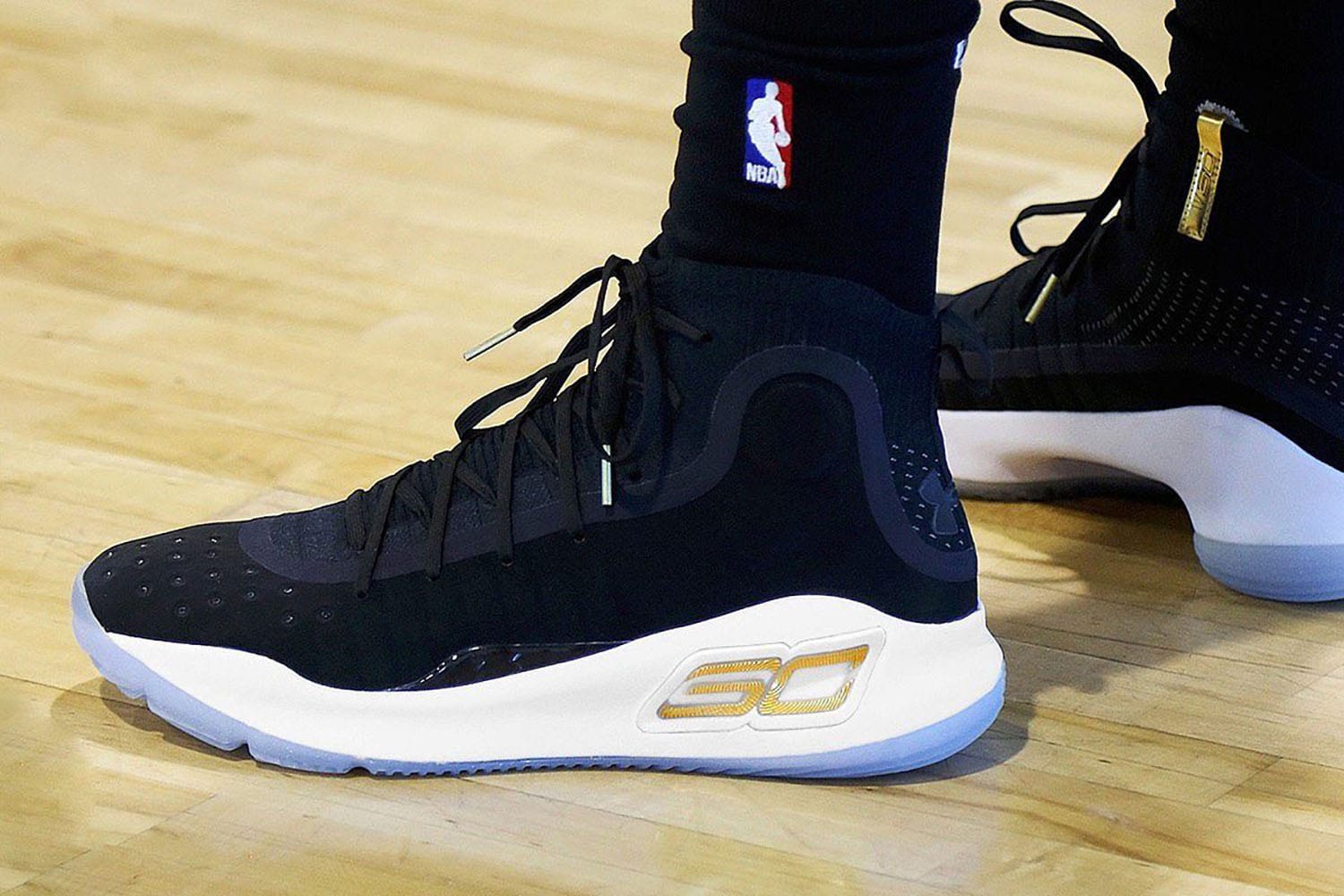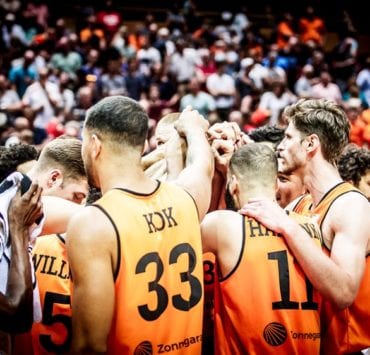Naturalized Players at the World Cup – Part 1

The World Cup is all about having the strongest national team and the best players, but that doesn’t necessarily mean all players have to have that nationality by birth. It’s now widely accepted to enhance and improve your national team by getting players from other countries to play for your country.
The situation surrounding Anthony Randolph, now an American-Slovenian, during the last European Championships is a great example. Randolph had never set foot in Slovenia, played a game with a Slovenian team, had a specific love for the country, or had any Slovenian heritage, but he still got a Slovenian passport and became eligible to play for the team. Slovenia needed a big man to strengthen the team, and they liked what they saw in Randolph and decided to recruit him. And on top of that, when naturalizing him at first wasn’t possible, they got someone to change to law of the country, so it was.
During this World Cup, there are more than 10 teams with naturalized players on the team.
Jeff Brooks – Italy

Brooks obtained his Italian passport just before the World Cup qualifiers in September 2018. He officially got his passport in the beginning of September, and Italy immediately registered him with the FIBA as an Italian player. That way, he could be added to the team for the September qualifiers right away. His Italian nationality didn’t come out of nowhere, as he married an Italian woman.
As there can only be one naturalized player per team during the World Cup, he should’ve proven he was more deserving of a spot on the team than Christian Burns, another American-Italian through marriage, but Burns suspended for violating the drug policy. He eventually was acquitted, but it was too late for him for the World Cup.
Andray Blatche – Philippines

It’s not really a surprise the Philippines went down this route, as basketball is very popular in the Philippines, but they haven’t managed to measure themselves with the top countries in the world yet. Of course, this is only a short term solution, as naturalizing players doesn’t help improving the actual Filipino players.
Blatche reiceved his Filipino passport back in 2014, and immediately participated in the 2014 World Cup in Spain. The Philippines first tried to naturalize his then-teammate Javale McGee, but when that didn’t happen, they decided to focus on Blatche.
For the naturalization to happen, a new bill had to be agreed on by the Philippine Senate. His transition didn’t go very smoothly, as he was eligible to play in the World Cup, but he was barred from appearing in the Asia Games, as he hadn’t been a citizen of the Philippines for at least three years.
Ricardo Ratliffe – Korea

Can’t find Ratliffe on the Korea roster? That’s not surprising as Ratliffe was given a Korean name when he obtained his new passport. Now, as a Korean citizen, he is called Ra Gun-ah.
Giving Ratliffe a Korean passport is sort of a first for Korea, as he is the first naturalized player that isn’t of Korean descent.
But, his naturalization didn’t come out of nowhere. Ratliffe came to Korea back in 2012, after he went undrafted in the 2012 NBA draft. As he soon proved himself to be a good player, he didn’t have to stay in Korea, but year after year he signed a new contract. He didn’t want to have to adjust to a new country, and decided to stay in the same place. Therefore, after a few years, it wasn’t a very big step to take on the Korean nationality.
But, to be fair, his new name, Ra Gun-ah, still takes some getting used to, even for his Korean fans, who are used to call him by his American name.
Nick Fazekas – Japan

Fazekas started his career in Japan in 2012, after playing college basketball for Nevada, a stint in the NBA and playing for several teams in Europe. At that point, his basketball journey brought him all the way to Japan. His Japanese team, the Toshiba Brave Thunders, had seen him play in the NBA Summer League years before, and were impressed with his stats with his Filipino team.
As a 2.11m big man, he immediately stood out in the Japanese league, and he earned consecutive MVP awards. Japanese basketball turned out to be a great fit for him, better than the European teams he had represented, so he stayed with the Thunder.
After more than 6 years in the league, and emerging himself in the Japanese culture, Fazekas decided he wanted to become a Japanese citizen. For him, it was not only because he wanted to play for the Japanese national team, but also because it was a good move for him for his basketball career, and for a possible future in Japan.







